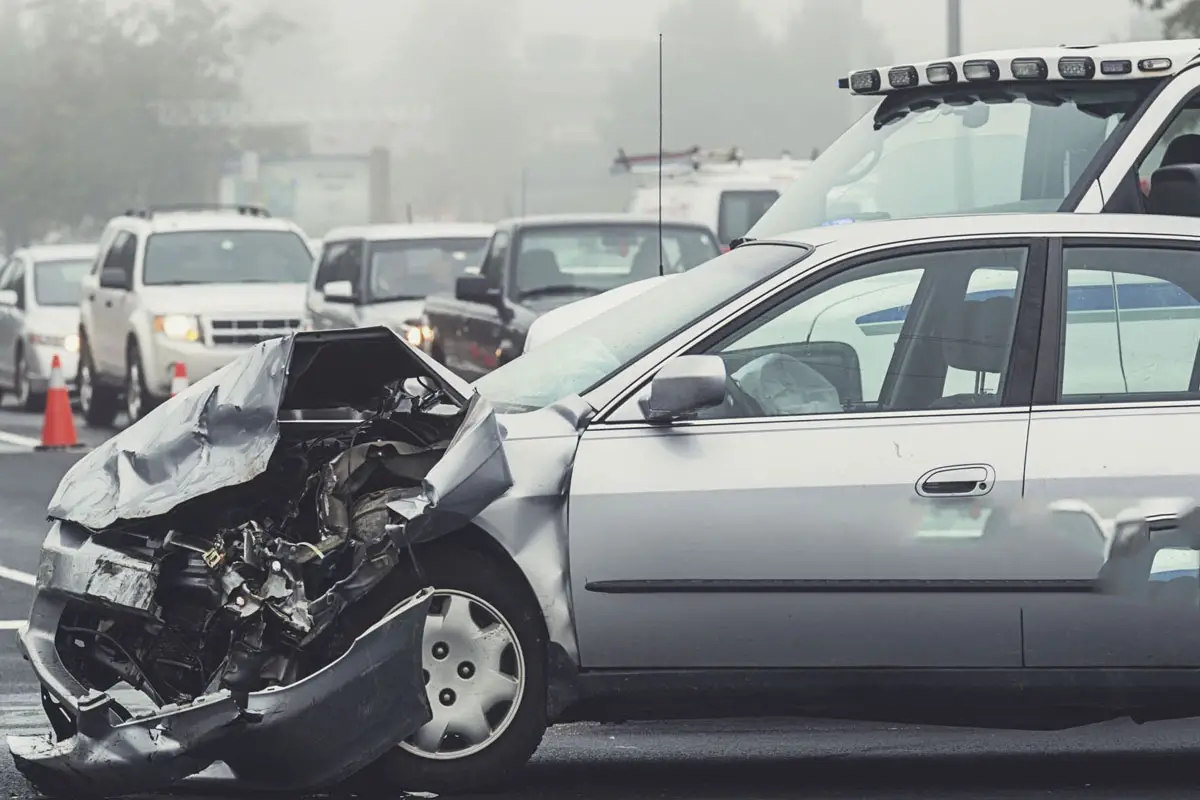Your heart is racing, and the aftermath of the collision is playing in your mind. The other driver, apologetic, hands you a document, signaling their desire to be absolved of future liabilities and damages.
Before you ink your signature, do you comprehend the implications? What unfolds when you sign a car accident liability release form?
Let’s delve into the intricacies. This article is your comprehensive guide to understanding and making informed decisions when faced with a car accident liability release form.
Decoding a Car Accident Liability Release Form
A car accident liability release form is a legal instrument freeing one party from potential claims or responsibilities arising from the accident. By signing, you acknowledge refraining from holding the other party accountable for future damages or injuries post-accident.
Importantly, signing this document does not equate to admitting fault; it’s a mutual agreement to settle any potential claims linked to the incident.
Optimal Times to Sign
In minor accidents, the other driver’s insurance might prompt you to sign a liability release form to expedite claims processing and avert potential legal action. However, remember, signing is not an immediate obligation. It’s prudent to consult with legal counsel before making any commitments.
Understanding Ramifications
Signing a car accident liability release form carries a primary consequence – potentially relinquishing your right to seek additional compensation for subsequent damages or injuries discovered later. It also constrains your ability to file a lawsuit, as the form mandates settling claims outside the courtroom.
Key Considerations Before Signing
Car accidents are inherently complex. Prior to signing, contemplate the following:
The Extent of Damages and Injuries
Comprehend the nature of injuries. If uncertainties or potential complications exist, seek legal advice before committing.
Terms of Settlement
Thoroughly peruse and grasp all terms. Flag unclear or unfair clauses before putting pen to paper.
Potential for Future Claims
Evaluate the likelihood of impending damages or injuries. If further medical attention or repairs are foreseeable, delay signing until the full extent is clear.
Seek Legal Advice
Signing is a weighty decision. Ensure you seek legal counsel to comprehend your rights and the ensuing consequences fully.
A Miami, Florida-based car accident lawyer can guide you through the process, ensuring you don’t waive potential claims without a thorough understanding of your rights.
Unpacking the Ramifications
Understanding the implications of signing a car accident liability release form is paramount. Take the time to scrutinize the document and, if necessary, seek legal counsel.
In conclusion, if you find yourself in the aftermath of a car accident, don’t hesitate. Consult a reputable personal injury attorney promptly to safeguard your best interests.
Frequently Asked Questions (FAQs) – Car Accident Liability Release Forms
Q1: What is a car accident liability release form?
A1: A car accident liability release form is a legal document that absolves one party from potential claims or responsibilities related to a car accident. Signing this form implies an agreement not to hold the other party accountable for future damages or injuries arising from the incident.
Q2: Does signing a car accident liability release form mean admitting fault?
A2: No, signing the form doesn’t necessarily mean admitting fault. It’s a mutual agreement between parties to settle potential claims related to the accident outside of court, without attributing fault.
Q3: When should I sign a car accident liability release form?
A3: If you’ve been involved in a minor car accident, the other driver’s insurance company might request you to sign the form to expedite the claims process. However, it’s advisable to wait until you’ve consulted with a lawyer before signing anything.
Q4: What are the consequences of signing a car accident liability release form?
A4: The primary consequence is potentially waiving your right to seek additional compensation for damages or injuries discovered later. It also limits your ability to file a lawsuit, as the form mandates settling claims outside the courtroom.
Q5: Can I delay signing the form if I anticipate future damages or injuries?
A5: Yes, it’s recommended to delay signing if there’s a possibility of future damages or injuries requiring further medical treatment or repairs. Seeking legal advice before signing is crucial in such cases.
Q6: How can a lawyer help me before signing a car accident liability release form?
A6: A lawyer can provide valuable advice on understanding the terms, potential consequences, and ensuring that you don’t inadvertently waive your rights. They can also help you navigate unclear or unfair clauses in the document.
Q7: What should I consider before signing a car accident release form?
A7: Factors to consider include the extent of damages and injuries, carefully reviewing and understanding all terms of the form, assessing the potential for future claims, and seeking legal advice before making any commitments.
Q8: Is a car accident lawyer necessary before signing the release form?
A8: While it’s not mandatory, consulting with a car accident lawyer, especially in places like Miami, Florida, can ensure you fully understand your rights and potential consequences before signing any documents.
Q9: Can I still seek compensation if I’ve signed a car accident liability release form?
A9: In most cases, signing the form may limit your ability to seek further compensation. It’s crucial to understand the implications fully before signing and to consult with legal professionals to explore all available options.
Q10: What steps should I take after a car accident besides signing a release form?
A10: Seeking prompt medical attention, contacting law enforcement, collecting evidence, and consulting with a personal injury attorney are crucial steps to consider after a car accident, irrespective of signing a release form.
Found this article beneficial? Explore our website for more insightful content.

